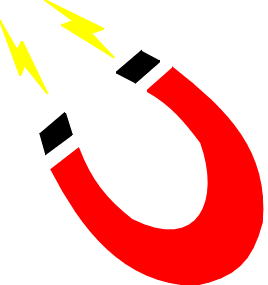The Ultimate Guide to Designing Book Covers: Tips for Authors and Designers

It is correct to say that the book cover serves more than just the aesthetic purpose, it has a great promotional function and contributes significantly to enticing readers. If you’re a first-time author preparing for self-publishing or if you’re a freelance book designer, knowing how to design a head-turning gorgeous book cover can do some magic. In this article, we will highlight key points for both writers and designers on how to design jaw-dropping covers that make a lasting impact on readers.
Be Concise
In book cover design services, there is something called overcrowding which is a common fault. Highly populated and colorful book covers confuse potential readers and therefore reduce the power of the design. For this reason, most book covers that appear polished and have been professionally designed tend to be straightforward as they apply forceful but minimal imagery/ typography to express the central theme of the book.
One strategy is to zoom in on one or two crucial aspects, this can be an image, a visual, or even bold letters, and ensure these aspects are not cluttered upon. If collaborating with a designer, or going solo, avoid the temptation of particulars. A fair amount of details is more than adequate: it is often less in design and a stark uncluttered cover is more visible on the swamped market shelves or the crowded online shop.
Pay Close Attention to Typography
Typography is an important aspect of any book cover design. The title and author’s name must be prominent even for those contemplating the cover in a reduced view, such as on some online stores like Amazon. Steer clear of unnecessary embellishments or hard-to-read fonts and go for a readable text that also fits the mood of the book.
Utilize Color in its Appropriate Context
Colors help set the mood of the book and arouse feelings. The bright and attractive covers are for witty and adventurous stories, whereas dull and sullen colors indicate something serious and deep. Also, the color may provide you with some information about the book’s genre. For example, in a lot of love novels, soft pinks or reds will be predominant, whereas the covers for horror novels are often black red, or other dark colors.
Pay Attention to the Spine and Back Cover
The front cover is often the most emphasized part of the book, but do not forget the spine and back cover. The spine is very crucial to brick-and-mortar bookshops, as it is frequently the main visible part when a book is shelved. The title, the author’s name, and maybe the publisher’s logo must be positioned and displayed on the spine of the book.
Employ Quality Pictures and Graphics
A book of low-resolution pictures or graphics is not of professional standard. If there are photos or illustrations on your cover, check that they are professional and clear. You may purchase stock images from several websites, but you must try to obtain a better cover image. Image banks are inexpensive, containing types of pictures that are very common and generic. This combination will hurt the individuality of your layout.
Evaluate the Test Cover
Once you have sketched out the book cover, it is important to take the next step. You should solicit feedback from others, or better yet from your target populace or beta readers. It is always good to have someone else look at the cover as they might notice something that you can’t, such as some part of the text that is hard to read or an irrelevant image.
Pool of Cover Design Resources
When it comes to book cover design for print, do not ignore the requirements of the printer. This goes for color profiles especially ensuring all the colors appear in CMYK rather than RGB, considering borders for the pages, and lastly ensuring the resolution is at the density of 300 or more (usually for print).
Professional Help: When to Hire a Designer
It’s always needed for any author who doesn’t have any experienced design skills to employ a trained designer. This expense will pay off because having an excellent book cover design will make your readers notice the book more than they would if the written word were the only item visible. This is the reason why there are a lot of self-fulfilling aims to produce cover pictures, but unless you are trained to do so, all your excellent does get in a substandard cover anyway. Adopt the best book launch strategy for your book promotions.
Conclusion
As is evident from the purpose of the paper, where cover design is discussed, it can be said that cover design is part of a craft and simultaneously an art. It involves plenty of comprehension of the content of the book, its target audience, and effective design techniques that will make the cover eye-catching. As an author who is engaging in self-publishing or a designer who is designing one of the bestselling book covers, some tips will enable you to design a cover that captivates readers and motivates them to read what is inside.





